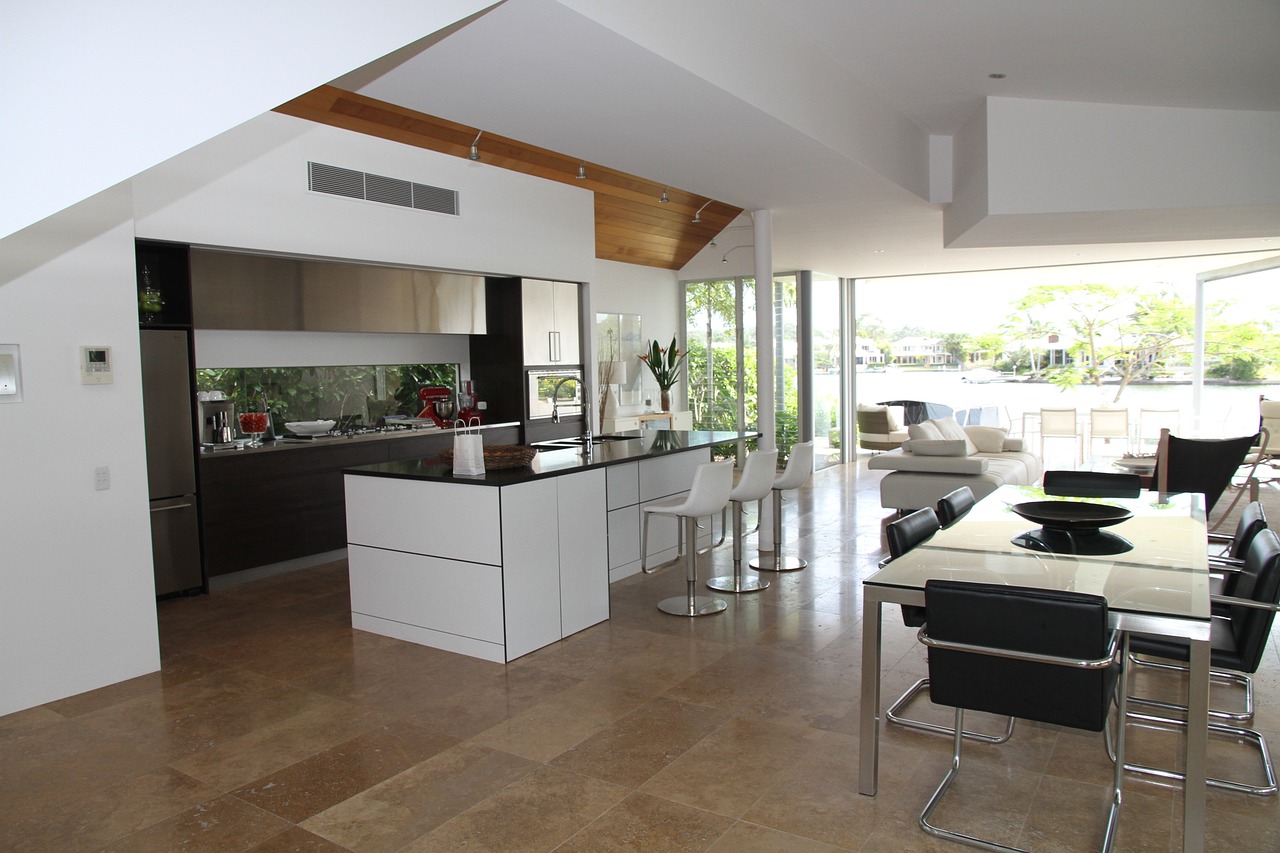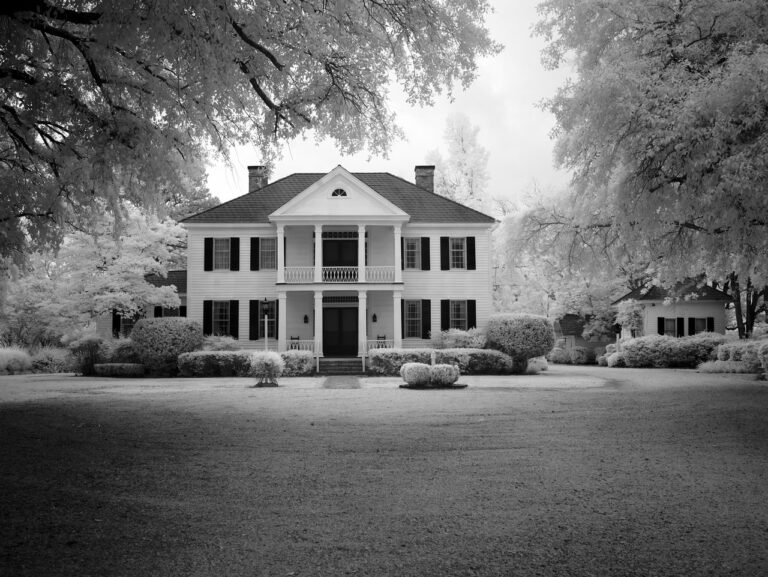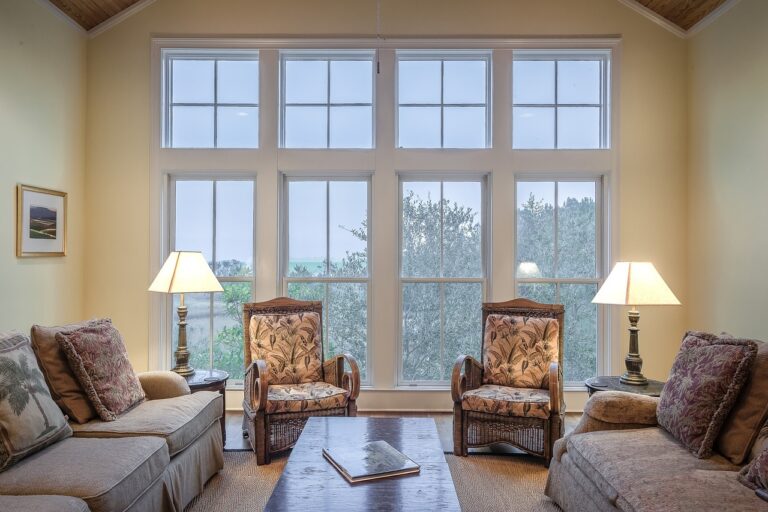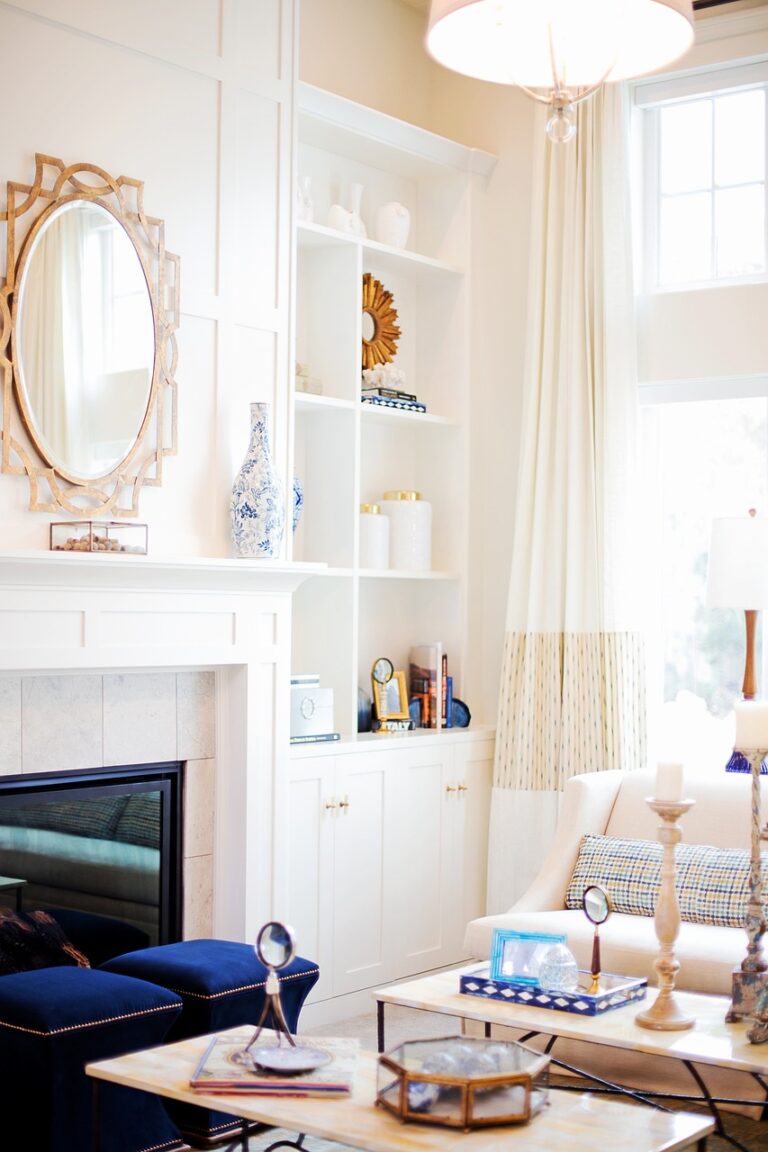The Influence of Minimalism in Home Improvement
Minimalist home design offers a sense of calm and tranquility by simplifying the visual clutter within a space. With fewer distractions, the mind can relax and focus on the essential elements of a room, creating a soothing atmosphere that promotes mental clarity and peace.
Incorporating minimalist principles in home design can also lead to a more organized and efficient living space. By decluttering and prioritizing functionality, every item in a room serves a purpose and contributes to the overall aesthetic, resulting in a streamlined environment that is both visually pleasing and highly functional.
Effective Ways to Implement Minimalism in Home Improvement
When implementing minimalism in home improvement, decluttering is key. Begin by sorting through your belongings and getting rid of items that no longer serve a purpose or bring joy. Keep only the essentials and let go of excess furniture, decor, and knick-knacks. This will create a clean and spacious environment that embodies the minimalist style.
Another effective way to implement minimalism in home improvement is to focus on functionality. Choose furniture pieces that are multifunctional and serve a clear purpose. Opt for simple and sleek designs that are both practical and aesthetically pleasing. By prioritizing functionality over excess, you can create a minimalist space that is both visually appealing and easy to maintain.
Select furniture pieces that serve a clear purpose and are multifunctional
Opt for simple and sleek designs that prioritize functionality
Create a space that is visually appealing and easy to maintain
In addition, incorporating a neutral color palette can help enhance the minimalist aesthetic in your home. Choose colors like white, beige, gray, or black to create a sense of calmness and simplicity. Avoid using too many bold or bright colors as they can disrupt the clean and cohesive look of a minimalist space.
Stick to neutral colors like white, beige, gray, or black
Avoid using too many bold or bright colors
Create a sense of calmness and simplicity with your color choices
Lastly, don’t forget about the power of natural light when implementing minimalism in home improvement. Allow as much natural light into your space as possible by keeping windows clear of heavy curtains or blinds. Natural light not only makes a room feel brighter and more spacious but also enhances the overall ambiance of a minimalist design.
Keep windows clear of heavy curtains or blinds to allow natural light in
Natural light makes rooms feel brighter and more spacious
Enhance the overall ambiance of your minimalist design with natural light
Choosing Minimalist Color Schemes for Your Home
When selecting color schemes for your minimalist home, opt for a neutral palette to create a clean and calming atmosphere. Shades of white, cream, beige, and gray are popular choices that provide a sense of tranquility and openness. These hues also make rooms appear more spacious and allow for a cohesive look throughout the home.
Incorporating pops of color sparingly can add personality to your minimalist space without overwhelming the simplicity of the design. Choose one or two accent colors such as muted blues, greens, or earth tones to infuse warmth and depth into your rooms. Accessories like throw pillows, artwork, or decorative items in these accent hues can bring visual interest while maintaining the overall minimalist aesthetic.
What are the benefits of minimalist home design?
Minimalist home design promotes a sense of calm and simplicity, helps reduce clutter and promotes better organization, and can make a space feel more spacious and airy.
How can I effectively implement minimalism in home improvement?
To effectively implement minimalism in home improvement, start by decluttering and getting rid of unnecessary items, focusing on clean lines and simple furnishings, and incorporating natural materials like wood and stone.
How do I choose minimalist color schemes for my home?
When choosing minimalist color schemes for your home, opt for neutral colors like white, beige, grey, and black. These colors create a clean and serene atmosphere, allowing other elements of your home to stand out.







